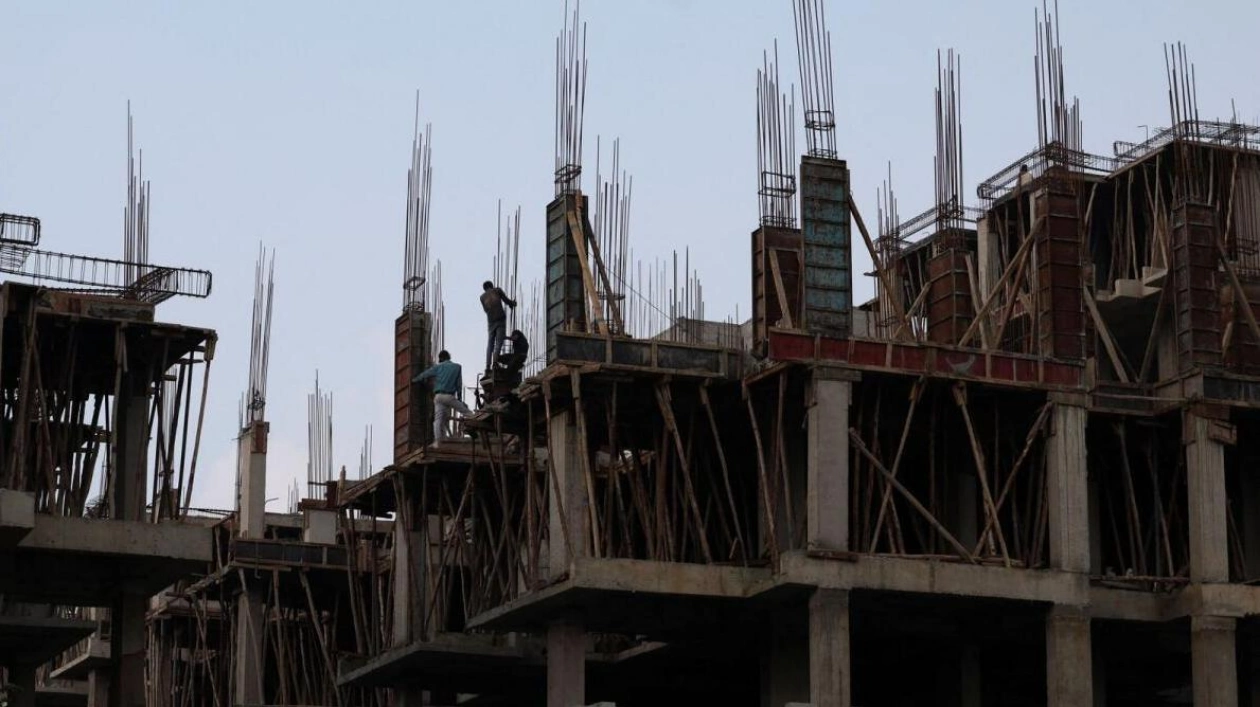The Indian federal budget for the fiscal year 2024-25 is highly anticipated by the world's fifth-largest economy. The Modi 3.0 government, which returned to power for the third consecutive time with a reduced majority, aims to strengthen its development and reform agenda to enhance its influence. Finance Minister Nirmala Sitharaman's record-breaking 7th budget presentation on Tuesday is of particular importance as it is expected to set the tone for India, the fastest-growing major global economy, with ambitions to become the world's third-largest economic powerhouse in the coming years.
Most analysts predict that the budget proposals will focus primarily on key areas such as taxes, welfare measures, economic growth, development, infrastructure, digital, and IT sectors. Additional areas likely to receive increased attention include green energy, defense, railways, housing, and manufacturing. The budget for 2024-25 is scheduled to be presented on July 23, during the monsoon session of Parliament, which runs from July 22 to August 12.
Economists and analysts anticipate tax relief for the middle class, the world's largest populous nation, to stimulate consumption. Speculation abounds regarding potential reductions in personal taxes or increased spending by the NDA coalition government on consumer-focused sectors. Industries such as consumer goods, real estate, housing finance, infrastructure, and automobiles are expected to benefit from increased consumption, according to brokerage firms. HSBC anticipates the continuation of production-linked incentive schemes aimed at boosting local manufacturing and job creation. D.K. Joshi, chief economist at CRISIL, suggests the government may focus on simplifying the tax structure and reducing the compliance burden on taxpayers.
Continuing its commitment to public welfare, the Modi-led government is expected to maintain this trend in the upcoming budget. Madan Sabnavis, chief economist at Care Ratings, believes the government may implement measures to aid the poor and vulnerable, including farmers, migrant workers, and small businesses. This could involve increased funding for flagship schemes like the National Health Mission and the Pradhan Mantri Awas Yojana. The Modi 3.0 government has ambitious economic growth targets, and the new budget is anticipated to focus on achieving these goals.
The coalition government is expected to maintain its emphasis on development and infrastructure improvement. Dr. Pronab Sen, former chief statistician of India, suggests increased spending on infrastructure projects such as roads, railways, airports, and ports. The government may also promote private sector investment in infrastructure and create a conducive investment environment. The infrastructure sector is set to receive significant support in the upcoming budget, with expected increased spending on infrastructure projects.
The Modi 3.0 government has been dedicated to promoting digital adoption and innovation, and the upcoming budget is expected to continue this trend. Measures may include promoting digital payments, e-commerce, and telemedicine, as well as encouraging investment in emerging technologies like artificial intelligence, machine learning, and blockchain. The budget, serving as a critical test for Modi 3.0, is expected to comprehensively address key areas such as taxes, welfare measures, economic growth, development, infrastructure, digital, and IT sectors. It aims to rationalize the tax structure, provide relief to the poor and vulnerable, and stimulate investments and employment opportunities.






